A Menu of Heroes
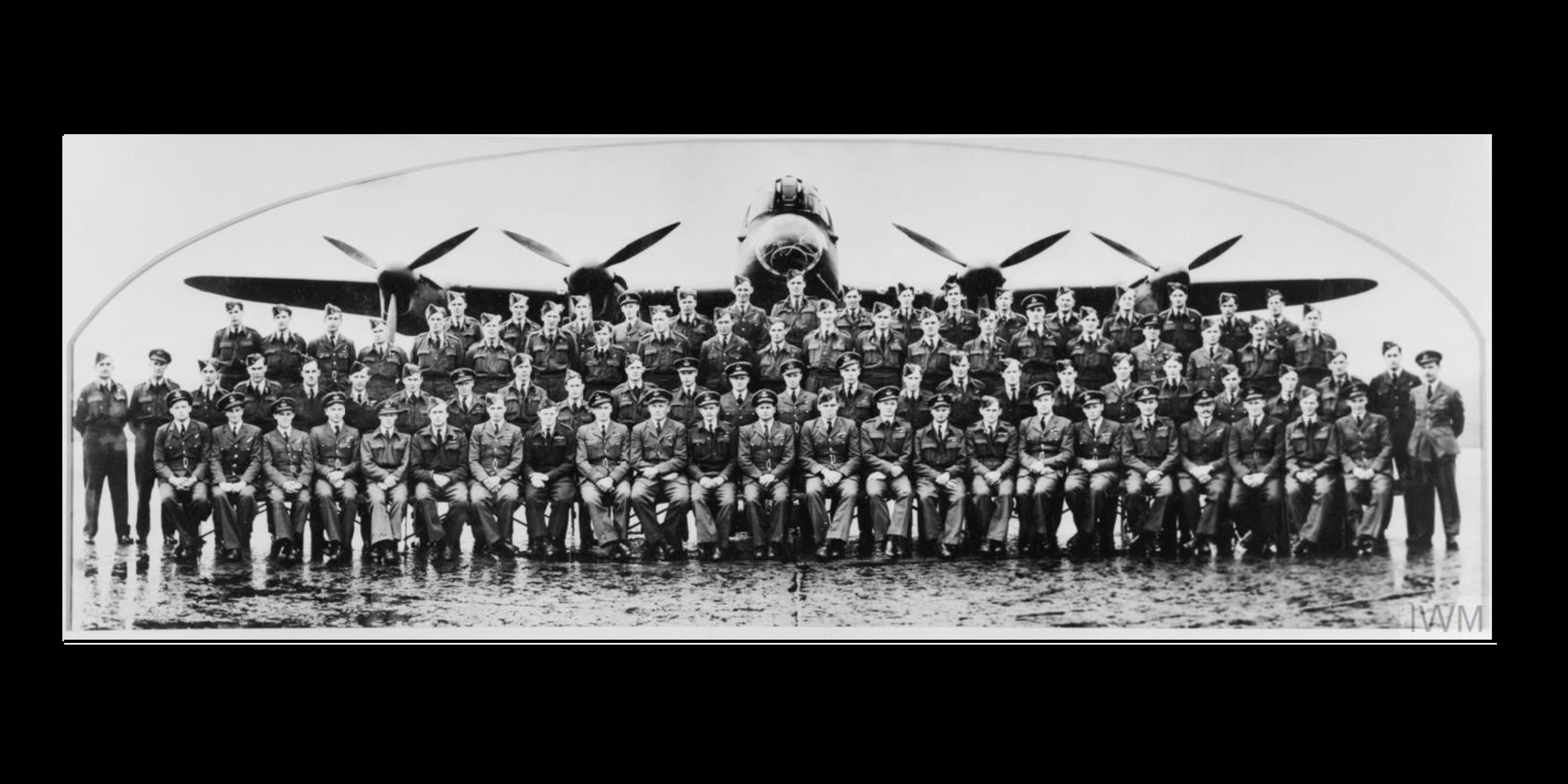
In June 1943, after 33 members of 617 Squadron were decorated by King George V at Buckingham Palace for their involvement in Operation Chastise, the famed ‘Dam busters’ raid, a celebration dinner was held at the Hungaria Restaurant, London, given by A.V. Roe & Company, part of Vickers-Armstrong Ltd which built the Avro Lancaster heavy bomber aircraft used in the raid.
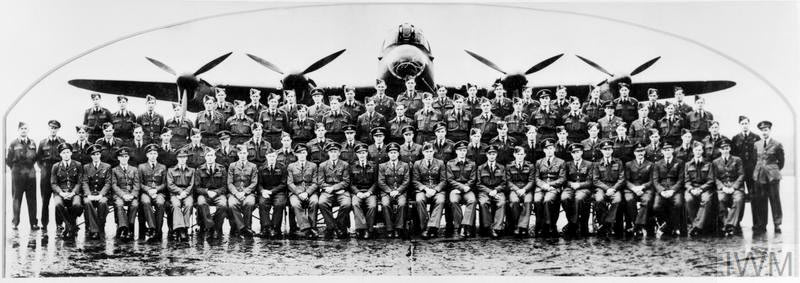
The restaurant, in Lower Regent Street near Piccadilly Circus, was described by New Zealand author and theatre director Ngaio Marsh as ‘much the most colourful and enchanting rendezvous in the West End’, and was known for the Romani musicians who played for its diners each evening.
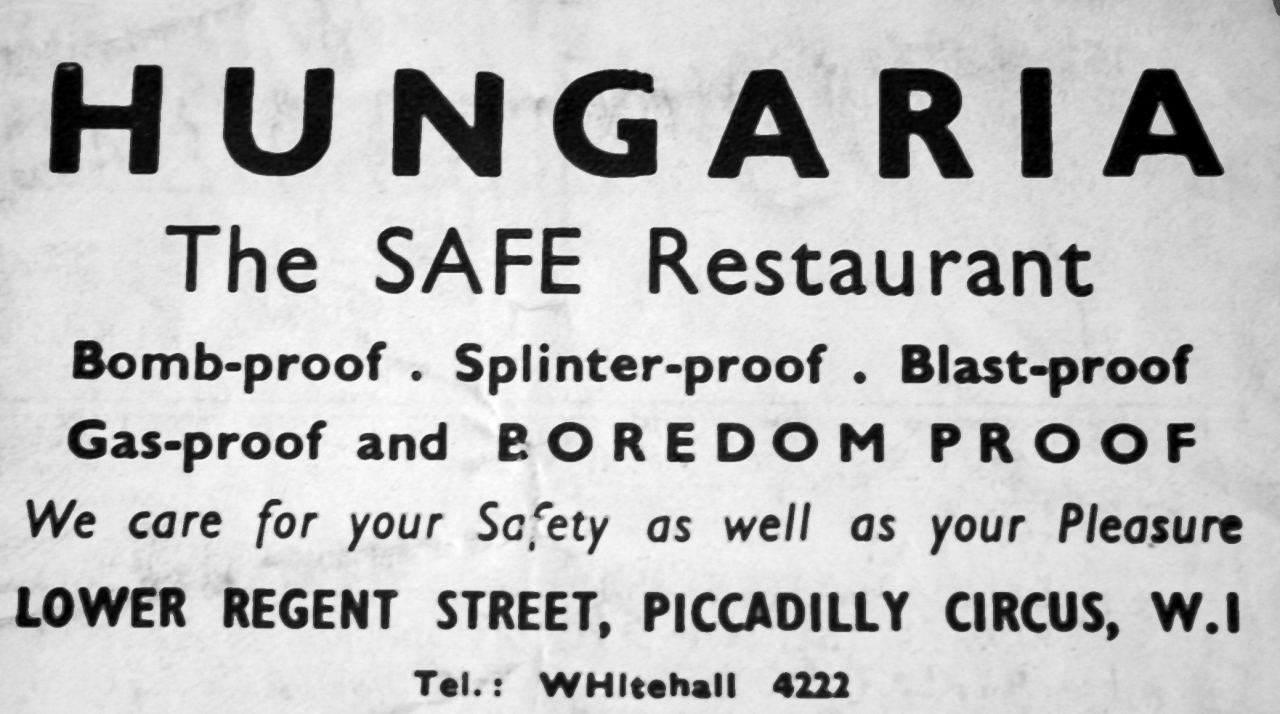
At the Hungaria, the Dambusters party was served a meal of crab cocktail (Crabe Cocktail), duckling (Caneton Farci a l’Anglaise) with minted peas (Petit Pois a la Menthe), new potatoes (Pommes Nouvelles) and asparagus with hollandaise sauce (Asperges Vertes, Sauce Hollandaise), and a dessert of strawberries soaked in Maraschino liqueur (Fraises au Marasquin). It would have made a pleasant change from service canteen food.
Amongst the attendees was New Zealander Flight Lieutenant Les Munro, who circulated his menu card for signatures. The menu card has 53 signatures and was signed by members of 617 Squadron, No. 5 Group, Royal Air Force (RAF) and by employees of A.V. Roe and Vickers-Armstrong Ltd. This historic menu is part of the Les Munro collection MOTAT cares for.
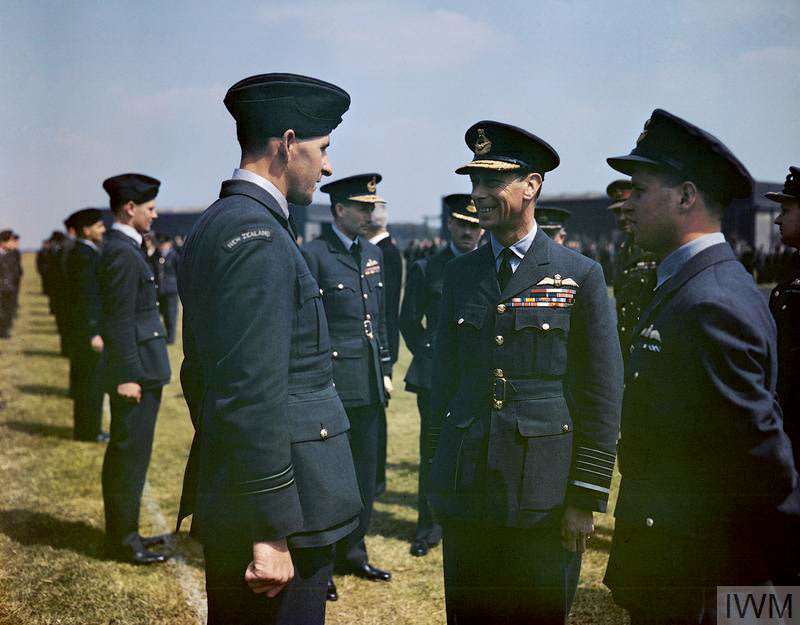
Operation Chastise was carried out on the night of 16-17 May 1943 by the specially created 617 Squadron of the Royal Air Force, led by Wing Commander Guy Gibson. The aim was to seriously affect German war production by destroying three dams – Möhne, Eder and Sorpe – in the Ruhr Valley, Germany’s industrial heartland. None of the dams was an easy target.
The British Admiralty and the RAF carried out extensive tests at sites around the United Kingdom in preparation for the raid. These revealed that a drum-shaped bomb developed by Barnes Wallis (the so-called ‘bouncing bomb’ codenamed 'Upkeep') needed to be dropped from a height of 60 feet (18m), and at a ground speed of 232mph (c373 kph). The bomb would spin backwards across the surface of the water before reaching the dam, and its residual spin would then drive the bomb down the wall of the dam before exploding at its base.
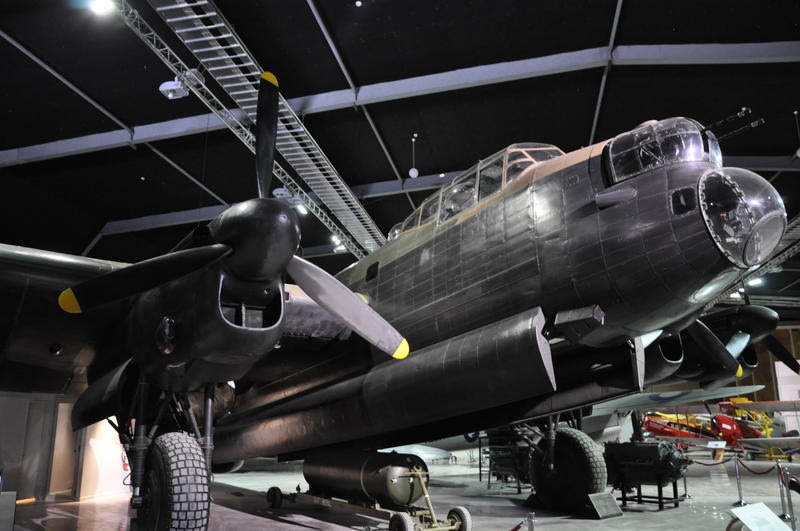
What was then needed was men to fly the specially modified Avro Lancaster bombers which would carry the 'Upkeep' bombs. 617 Squadron was established at RAF Scampton in March 1943 under the command of Guy Gibson and was made up of airmen from Britain, Canada, Australia and New Zealand. Only Gibson knew what their mission would be while the men trained in low-level night flying and navigation before the operation in mid-May. The crews had to fly in and out of Germany at a low altitude to reach the dams, trying to avoid German flak. Such flying required exceptional skill, pinpoint navigation, sustained teamwork and ceaseless concentration.
Les Munro’s Lancaster, AJ-W (W-Willie), ED921/G was one of the first to take off on the night of May 16 – their target was the Sorpe Dam. While flying low over the Dutch island of Vlieland, W-Willie was badly damaged by anti-aircraft fire. The radios and electrical system were disabled but, crucially, so was the intercommunication system between members of the crew. Without this it was impossible to carry out the precise attack from a height of 60 feet so Munro reluctantly turned for home, RAF Scampton, with his ‘bouncing bomb’ still on board.
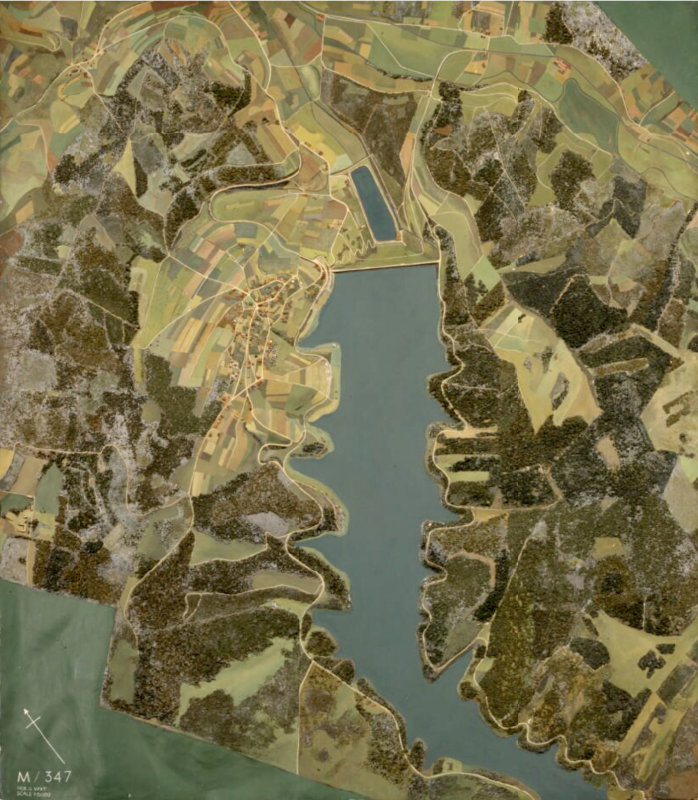
Two of the dams - the Möhne and Eder - were breached in the Operation Chastise raids, leading to serious flooding in the surrounding area, although German industrial production was not significantly affected. The third dam, at Sorpe, was not breached. Eight of the 19 bombers which took part were lost, as were the lives of 53 of the 133 aircrew. Three became prisoners of war. While the most significant result of the raid was the hugely positive effect on Allied morale, the deaths of their colleagues affected the surviving aircrew greatly. 617 Squadron had lost 42 per cent of its fliers in one night. Operation Chastise was thus something graver than the kind of raid that Bomber Command called a “shaky do”. At breakfast, waitresses wept at the sight of dozens of empty places. Later that Monday, a WAAF intelligence officer met listless aircrew wandering outside the Squadron’s hangar. In a nearby crew room, she found men sitting in silence, as if in a trance. Several were slumped forward, their heads resting on tables.
The raid was significant, but to bring about a systemic economic failure in Germany the RAF needed to destroy the dams – and the pumping systems that linked them – and then keep attacking them at intervals to prevent repair. The human losses on the original raid and the technical requirements required to carry out such raids meant that this did not happen. The Germans repaired the dams and pumping stations quickly and ensured that they were defended - a reflection of German anxiety about the risk of having the dams permanently out of commission and an indication of the significance of these dams to German industry.
Significance
617 Squadron’s success in breaching the two dams during Operation Chastise was widely reported in Britain and around the world, concentrating on the extensive flooding which was a result. There is still no definite figure of German fatalities. The raid was propaganda and morale-boosting gold for the Allies – it was audacious, brave and technically brilliant even though it did not bring about the long-term crisis in the German economy that its planners had hoped. The dinner at the Hungaria Restaurant lasted just a few hours, but this menu is a tangible reminder of the raid and, more significantly, of those who took part in the unique Operation Chastise.
While there are other signed menus from the dinner at the Hungaria – see, for example,
https://www.bonhams.com/auctions/11677/lot/424/ (31 signatures) and also the RAF museum https://www.rafmuseum.org.uk/research/online-exhibitions/617-squadron-and-the-dams-raid/signed-menu-from-av-roe-celebratory-dinner.aspx (19 signatures) this version is significant because of the number of signatures, and its excellent provenance and connection to New Zealander and Squadron Leader Les Munro. While not all the signatures have been deciphered, we can read enough of them to know that a substantial number of those who flew in the Dambusters raid/Operation Chastise and who returned from that operation were present at the dinner on 22 June 1943.

Les Munro kept this menu for over 70 years until he donated it to MOTAT in 2015. In March of that year, he had put his war medals up for auction to raise funds for the upkeep of the Bomber Command memorial in London. Instead, British Lord Ashcroft donated NZD$150,000 towards the upkeep of the memorial and in return, Munro’s medals were given to MOTAT. In April 2015 at a ceremony at the museum, Munro handed over the medals, his flight logbooks and other wartime memorabilia, including the menu. “I am comforted by the thought of my medals being situated in close proximity to the Lancaster at MOTAT, as I flew all but one of my operations in these planes,” he said. “I appreciate very much indeed that they will have some relationship.”
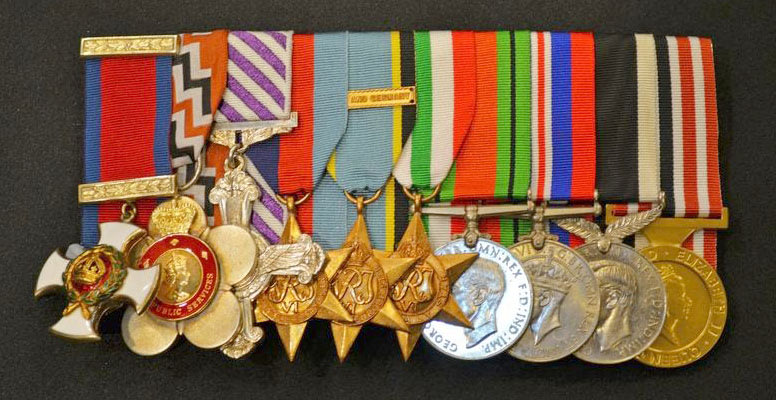
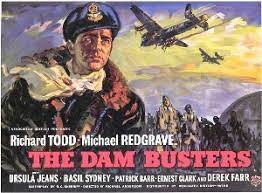
Story by Megan Hutching, Oral Historian, MOTAT
Learn more about the famous "Damn Busters" at MOTAT's Collection Online.
Citation:
Hutching, Megan 2022. MOTAT Museum of Transport and Technology. Published: 3 May 2022. URL: https://www.motat.nz/collections-and-stories/stories/dam-busters-menu

